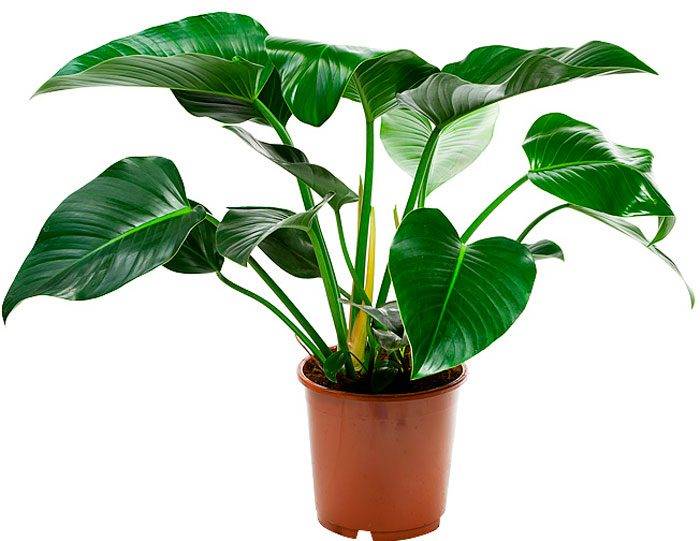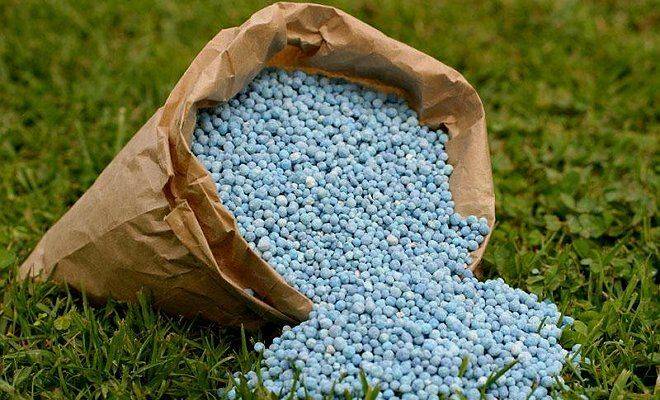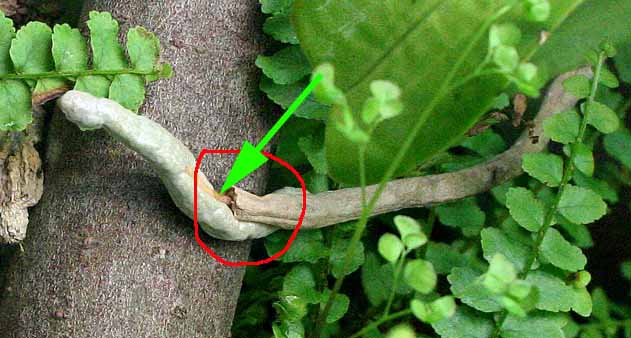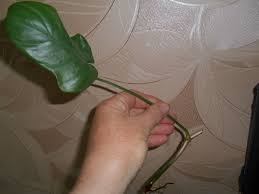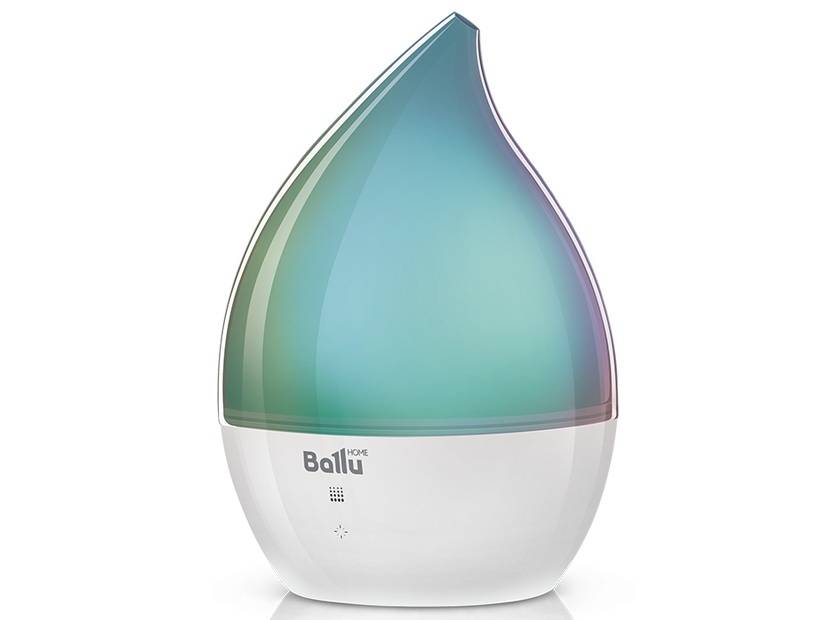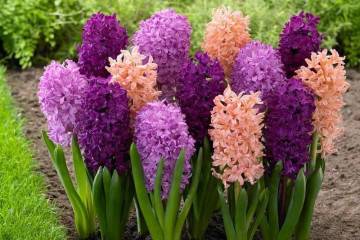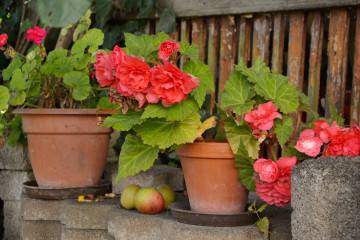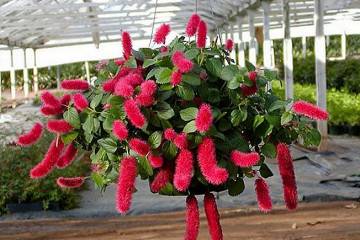Philodendron - home care and flower varieties
Content:
Growing an exotic tropical plant at home is the dream of any botanist and amateur gardener. A philodendron flower, or philodendron, can grow not only in special greenhouses, but also at home in an ordinary pot. Although keeping it at home is very dangerous, since the sap of the flower is poisonous.
What does a philodendron look like
It is a variety of lianas that belong to the class of evergreens from the Aroid family. Mexico and the countries of South America are considered the birthplace of this plant. Translated from Latin, the name of a tropical plant means "favorite of trees."
The fact is that there is not much light in a dense tropical forest, so the philodendron, entangling the trees, strives upward towards the sun.
The history of the breeding of this plant dates back to 1900. Until this time, the philodendron was considered a wild-growing poisonous species. However, experiments conducted by the British researcher Simon Mayo led to the conclusion that the plant is safe and can be considered as an ornamental plant.
Philodendron home care
Taking care of your indoor philodendron is a pleasure. Even an inexperienced beginner can handle this business. To grow a healthy liana, it is enough to follow a couple of rules, and the plant will certainly delight you with its spreading, curly leaves. The plant is considered not whimsical:
- in indoor conditions, lighting does not play a special role. Philodendron is used to growing in partial shade. For maximum growth, it is best to position it on the east or west side. It is better to avoid direct sunlight; under the influence of ultraviolet radiation, the plant can lose its green color;
- the plant is thermophilic, but does not tolerate extreme heat. The optimum degree in the room is from 17 to 25 degrees. Since the plant is native to the rainforest, cold and drafts are bad for it;
- air humidity is what all ornamental plants need. Vines are no exception. It is necessary to humidify the room daily, and you need to maintain the humidity at around 40%. In addition, it is necessary to wipe the leaves from dust;
- watering is recommended moderate - three or four times a week. Water for irrigation should be at room temperature. Excess water must be removed from the pan so that the root system does not rot;
- in the period from April to September, the plant needs feeding and mineral fertilization. It is necessary to add top dressing to the soil every month.
When the liana blooms
Vine flowering is a rather rare phenomenon. Due to the fact that vines take root on trees, they are practically devoid of moisture and minerals, which means that fruits and inflorescences are not formed on them.
However, in the absence of trees near the philodendron, the plant will take root on the ground, which means that there will be enough moisture and nutrient minerals for the plant to form seed pods. The structure of the leaves is distinguished by its fleshiness and firmness. In the wild, the diameter can be up to two meters. The leaf plate is large in shape. The color of the leaves depends on which side they grow on. The lighter the side, the lighter their color will be.
Inflorescences can ripen on decorative philodendrons. They are distinguished by two colors.The ear feels like a piece of wax in the shape of a box with a fruit berry inside.
Plant pruning
It is necessary to prune the plant very carefully for several reasons:
- it has aerial roots, damaging them, you can disrupt the growth of the plant;
- stems and leaves are poisonous, and philodendron juice causes severe allergic reactions and anaphylactic shock.
The content of the flower is considered correct with the timely removal of dead or dried leaves and cutting off the roots. This must be done every spring. After trimming the aerial roots, at least 40 centimeters of the stem, together with the buds, should remain.
Reproduction of philodendron
Different species are easy to reproduce in a variety of ways. Botanists often argue which method is the easiest. However, each has its own advantages and disadvantages. Reproduction by layering is quite effective, but requires a lot of effort. The roots of the plant are located close to the ground, it is thanks to this, where the branch and the ground converge, a rooted cut is formed. This breeding method is great for vines. For this:
- the shoot bark is taken and a small incision is made;
- after that, it is necessary to wrap the cut with sphagnum;
- after a few weeks, roots should form at the site of the incision, after which the cuttings can be planted in a separate pot.
The simplest of all vegetative methods is cuttings. There is no need to carry out special preliminary procedures before grafting. For reproduction of vines, it is worth carrying out the following procedures:
- cut young cuttings 10-15 centimeters long;
- young plant stems are suitable for shoots;
- then it is necessary to lay out the stem horizontally in the peat soil at an angle of 35-40 degrees;
- the container in which the landing is carried out must be kept warm so that the temperature does not fall below 25-27 degrees.
A special breeding method that helps even an amateur to breed a vine is propagation by a leaf with a heel. At first glance, the procedure may seem complicated, but in reality everything looks different:
- a cut is made on the stem, which is desirable to burn with charcoal or ash. So, gray rot cannot form in this place from excess moisture;
- a mature stem is perfect for breeding, on which several aerial roots are already present;
- a leaf with a heel must be put in a plastic bag for several days, so that a root forms at the cut site, and the stem is strengthened with a leaf;
- as soon as the leaf and root are attached to the stem, you need to plant it.
Reproduction and transplantation should be carried out no more than 2 times a year. The ideal time for transplants is February or March.
Plant transplant
As a rule, this type of plant does not need a transplant. The plant develops well and grows in close quarters. However, in order to prevent diseases, it is necessary to transplant the plant into a pot 15% more once every 2 years. The best time for transplanting is the winter season.
Diseases and pests
A plant in a tropical climate is susceptible to various diseases and viruses. The following diseases are most common:
- bacterial infection of the leaves;
- red border.
In all cases, without treatment, the plant dies.
Fungal diseases often appear on vines:
- root or gray rot;
- dropsy or spotted foliage.
If the plant begins to lag behind in growth for no apparent reason, a withered color of the leaves appears and the stem begins to wither - this is a viral disease.
It is much easier to deal with pests. By the way, they often appear on vines. The most common are:
- scale insects appear in the form of brown larvae on the stem, sucking out all the juice to the base.
- thrips;
- the appearance of mites is affected by too high temperature, low humidity. It is not difficult to notice their appearance. A large yellow spot may appear on the leaf. In order to prevent it, it is necessary to conduct weekly water irrigation and wipe the leaves from dust. The ideal solution would be to purchase a humidifier.
Philodendron: species
There are over 200 different plant species. However, the most popular ones are presented below:
- Philodendron Ivy, Warty, Variegated, Bipinnate, Lyrate, Radiant, Heart-shaped, Scaly;
- Philodendron Sello;
- philodendron Xanadu;
- Philodendron Guitar;
- philodendron Medusa;
- Philodendron Atom;
- Philodendron Imperial Red;
- lobular philodendron;
- philodendron Burle Marx;
- philodendron Philodendron;
- philodendron Cobra;
- philodendron Brazil;
- Philodendron Goldie Locke;
- Philodendron Climbing;
- Philodendron Blushing;
- philodendron Skandens;
- philodendron: Mediopict Tricolor, Pink (pink) Princess, Magic mask, Silver Queen, Scanden, Mikans, Green, hybrid Birkin,
- Jungle and Mosstka.
Thus, the ease of care and many species make it possible for both professionals and amateurs to breed this plant in greenhouses and at home. But do not neglect security measures. The plant is poisonous, all procedures are best done with rubber gloves. The slightest hit of juice on an open skin area provokes a strong allergic reaction.
